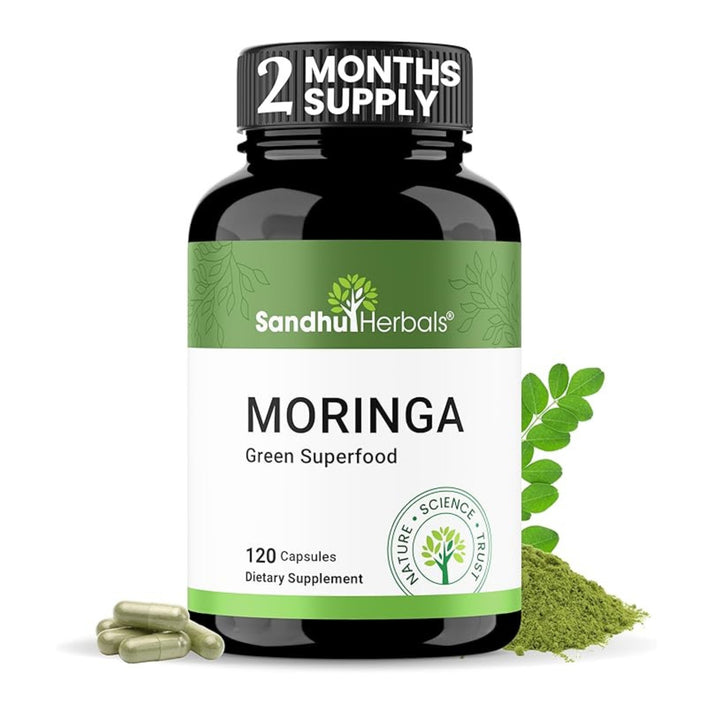Why herbs help
- More flavor, less salt. Herbs and spices boost taste so you don’t have to lean on the shaker. Both clinical research and practical guidance show herb-heavy cooking can support sodium reduction without making food bland.
- Enjoy veggies more. Spicing vegetables can make them more appealing; pilots in school and community settings show modest upticks in veggie intake when flavorful seasonings are used.
- Comfortable digestion cues. Flavor and aroma slow you down, which gives your stomach time to send fullness signals. Certain culinary spices are also being studied for digestive comfort ginger is the classic example in GI research (used in cooking and tea). Keep your expectations real and food-first.
Simple herb pairings for everyday meals

Use one herb at a time at first; when that feels easy, mix two. No recipes required—just sprinkle, taste, and adjust.
- Basil → tomatoes, eggs, mozzarella, pasta bowls.
- Parsley → roasted veggies, fish, lemony grains.
- Cilantro → rice bowls, tacos, beans, lime slaws.
- Mint → yogurt + fruit, cucumbers, iced water.
- Rosemary → potatoes, chicken, roasted mushrooms.
- Thyme → soups, lentils, skillet veggies.
- Ginger (fresh or ground) → stir-fries, oatmeal, tea. (PMC)
- Turmeric (a cooking spice) → warm rice, soups, sheet-pan veggies; many cooks pair it with black pepper in savory dishes. (PMC)
- Cumin + Coriander → chilis, bean bowls, roasted carrots.
- Cinnamon → oats, baked apples, yogurt.
Cooking note on turmeric: it’s used as a culinary spice worldwide. Reviews discuss its main compound (curcumin) and long history of kitchen use; keep your language and expectations food-first.
Flavor swaps that help you cut salt (without losing joy)
- Lemon or lime + parsley on potatoes or fish instead of extra salt. (Acid + herbs brighten flavor so you can use less sodium.)
- Cumin + coriander on beans or roasted veggies instead of salty seasoning packets.
- Rosemary + thyme on roasted chicken or mushrooms; finish with a tiny splash of vinegar.
- Ginger + scallions in a quick sauté; finish with toasted sesame seeds instead of salty sauces.
- Cinnamon on oats or yogurt in place of sweetened toppings.
Pro tip: Taste before you salt. If a dish needs “something,” try acid (lemon), heat (black pepper), or herbs first.
A one-week herb plan
- Day 1–2: Add parsley to one meal each day. Taste first, then decide if you still want salt.
- Day 3–4: Switch to basil (eggs, pasta, tomatoes). Try lemon first, salt second.
- Day 5: Use ginger in a stir-fry or tea with dinner. Notice how the aroma slows you down.
- Day 6: Sprinkle turmeric into rice or soup (a small pinch goes a long way).
- Day 7: Pick your favorite combo (parsley + mint on a grain bowl; rosemary + thyme on potatoes). Write one sentence about how the meal felt.
Keep notes in your phone: what you used, where you used less salt, and how the meal felt.
Optional add-ins from Sandhu Herbals

If some days your plate falls short on greens, minerals, or fiber, you can keep meals food-first and add small, steady support. Two easy options
Moringa Capsules — A simple way to round out a plant-forward day when salads or cooked greens don’t happen. Take as directed, ideally with a meal you already eat.
→ Product: Sandhu Herbals Moringa Capsules

Sea Moss Capsules — A convenient add-on for naturally occurring minerals and soluble fiber to complement herb-heavy meals and hydration. Use with water and follow the label.
→ Product: Sandhu Herbals Sea Moss Capsules
Keep your focus on whole foods first; think of these as small, consistent extras.
FAQs
1. Fresh or dried—does it matter?
Both work. Fresh herbs bring bright aroma and color; dried herbs are stronger per teaspoon and great for rubs, soups, and roasted veggies. Add dried earlier in cooking; add fresh near the end.
2. How do I make vegetables taste better with herbs?
Use a tiny bit of oil, add one herb (like thyme or rosemary), then finish with lemon or vinegar. Flavor first, salt last. Research shows flavorful seasoning can help people enjoy veggies more.
3. Can herbs really help me use less salt?
Yes—seasoning with herbs/spices is a proven way to lower sodium while keeping meals satisfying, according to a randomized trial and heart-health guidance.





